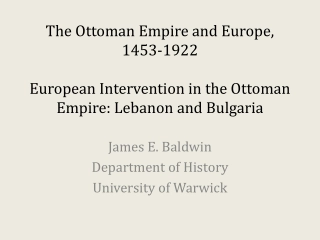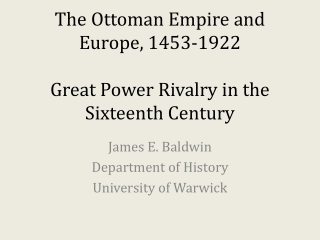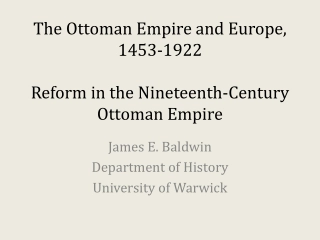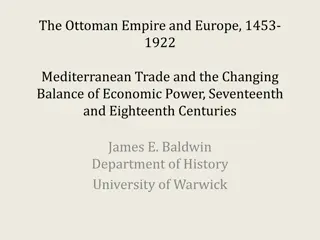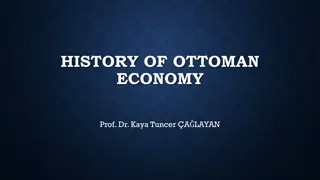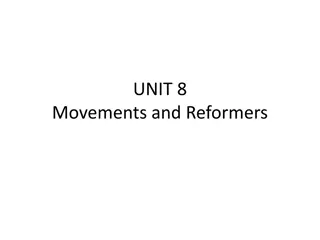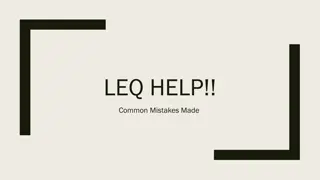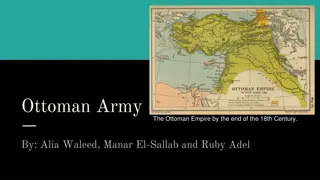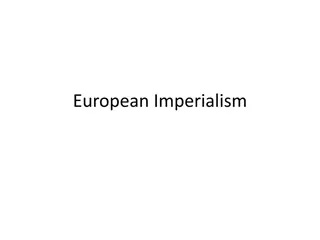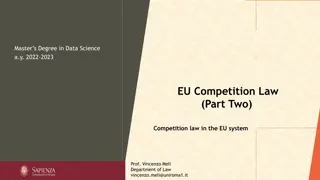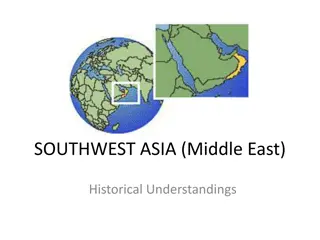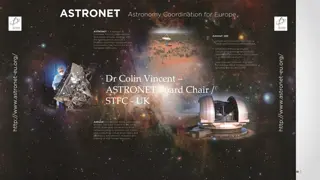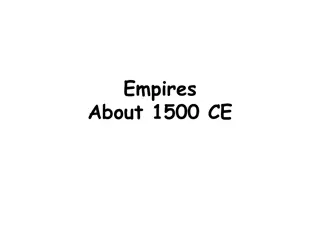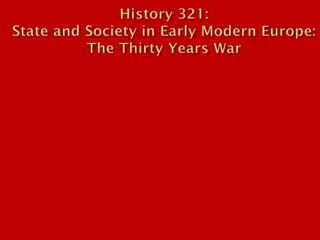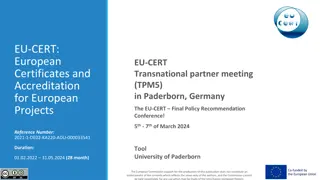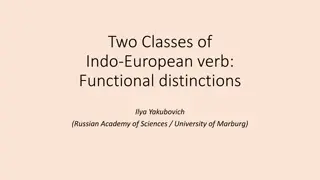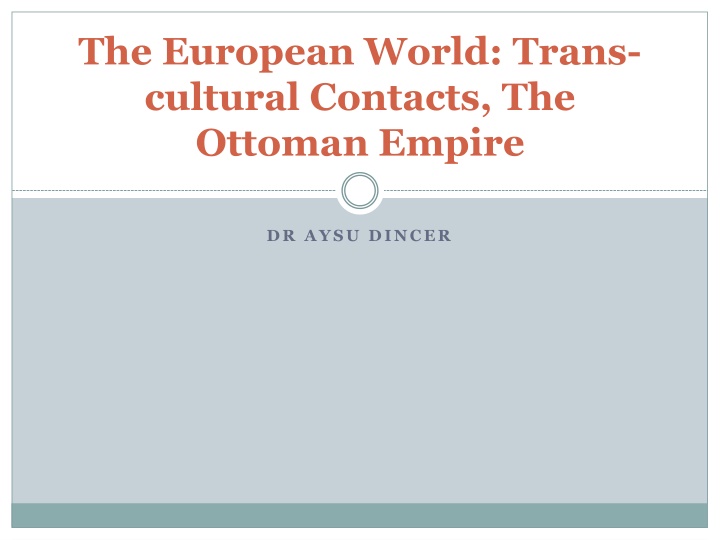
Cultural Contacts and Ottoman Empire
Explore the interactions between the European world and the Ottoman Empire, including the fall of Constantinople, military organization, territorial expansion, governance system, and contrasting views from historical perspectives. Discover the multi-cultural and multi-faith aspects of the Ottoman Empire through images and insightful descriptions.
Download Presentation

Please find below an Image/Link to download the presentation.
The content on the website is provided AS IS for your information and personal use only. It may not be sold, licensed, or shared on other websites without obtaining consent from the author. If you encounter any issues during the download, it is possible that the publisher has removed the file from their server.
You are allowed to download the files provided on this website for personal or commercial use, subject to the condition that they are used lawfully. All files are the property of their respective owners.
The content on the website is provided AS IS for your information and personal use only. It may not be sold, licensed, or shared on other websites without obtaining consent from the author.
E N D
Presentation Transcript
The European World: Trans- cultural Contacts, The Ottoman Empire DR AYSU DINCER
Military Organisation Timar system Janissaries: devshirme system
Sultan Suleyman the Lawgiver (Kanuni) or Magnificent (r. 1521-1566) conquered Hungary, including Budapest besieged Vienna(without success) in 1529 pushed the Ottoman borders to the Red Sea, and the Indian Ocean. consolidating all past sultanic judgements into a code, called the Kanunname
The Ottoman System of Governance reaya or askeri A multi-cultural and multi-faith state Multilingual Law: Sharia courts which implemented Islamic law; also recourse to the kanun, Sultanic law Trade is very important
Oppositional framework: French traveller Jean Dumont (1696) The Turks are opposite to us in almost all respects. We content ourselves with one wife they marry several wives. Our habit is short, theirs is long and we wear our hair long and our beards shaved, they shave their hair and suffer their beards to grow: we write in a straight line from left to right and they in a crouched form from right to left
John Speed, A Prospect of the most famous parts of the World (1631) The [ ]Turkes savour still of their barbarous ancestors. They are for the most part: broad-faced strong-boned well proportioned dull and heauie headed of grosse vnderstanding idlely disposed greedie of wealth luxurious in their diet beastly in their lustfull affections Without distinction of kindred or sexe base minded slaues to themselves, and their superiours in their owne Country Speed (1627)
Death of Prince Mustafa a fascination with Ottoman brutality 'In 1553, Prince Mustafa was strangled by his father s (Sultan Suleyman I) mutes using a silk cord on suspicion of treason.' (Busbecq, p. 117)
Hurrem Sultan the first woman who rose to prominence in Ottoman politics, as Suleyman s wife and advisor. played a part in succession politics rumoured to have a role in the execution of Prince Mustafa (Suleyman's son from another woman) to favour her own sons.
Georges Clairin, The Sultans Favourite the most charming creatures in the world , made for love , all their actions are amorous , Since they have nothing else to do, they make it their only business to please, which they do successfully and in so natural a manner (Dumont, 1696)
Credits Siege of Constantinople as depicted between 1453 and 1475: attributed to Philippe de Mazerolles - Biblioth que nationale de France Manuscript Fran ais 2691 folio CCXLVI https://en.wikipedia.org/wiki/Fall_of_Constantinople#/media/File:Siege_constantinople_bnf_fr2691.jpg Sipahi http://www.sakipsabancimuzesi.org/en/node/283 Jean Dumont (Baron de Carlscroon, 1667-1727) A new voyage to the Levant containing an account of the most remarkable curiosities in Germany, France, Italy, Malta, and Turkey : with historical observations relating to the present and ancient state of those countries / by the Sieur du Mont ; done into English, and adorn'd with figures. (London: Printed by T.H. for M. Gillyflower, T. Goodwin, M. Wotton, J. Walthoe, and R. Parker, 1696) John Speed, A Prospect of the Most Famous Parts of the World (London, 1631) Hurrem: By Anton Hickel - Mittelrhein-Museum Koblenz, original located at the Landesmuseum Mainz, Public Domain, https://commons.wikimedia.org/w/index.php?curid=2558833 Edward Ashwood http://www.countrylife.co.uk/luxury/art-and-antiques/my-favourite-painting-edward-dashwood-134533

